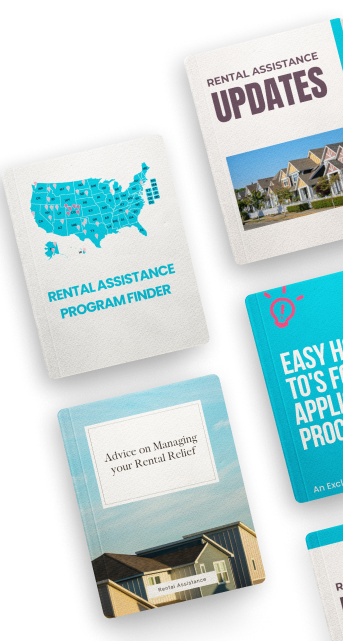How Rental Assistance Programs Impact Landlords and Housing Markets
These programs not only provide needed support to renters but also have significant effects on landlords and the broader housing market.
Understanding these impacts is essential for anyone involved in the rental sector.
Must Read: Understanding Rental Assistance: A Comprehensive Guide
Benefits for Landlords
Landlords stand to gain several benefits from participating in rental assistance programs:
- Guaranteed Rent Payments: Secure revenue is one of the most appealing aspects, as these programs ensure rent is paid consistently.
- Reduced Risk of Tenant Default: This financial security lowers the risk of rent defaults.
- Potential for Long-Term, Stable Tenancies: Renters receiving assistance will likely stay longer, ensuring sustained occupancy rates.
However, it could be smoother sailing as rental assistance programs also pose some challenges for landlords.
Challenges for Landlords
Participation can sometimes introduce complexities:
- Administrative Burdens: The paperwork and procedures can be daunting and time-consuming.
- Payment Delays: There might be snags in payment timelines compared to traditional renting scenarios.
- Inspection Requirements: Properties must meet specific standards, necessitating regular inspections.
Economic Impacts on Local Housing Markets
Rental assistance programs play a crucial role in local housing markets.
They offer stability for low-income renters, providing a foundational layer of housing stability in the community. In areas where assisted housing is prevalent, rental prices may experience varied impacts.
Additionally, these programs can contribute to the overall desirability and stability of neighborhoods, therefore potentially influencing property values.
The ripple effects of affordable housing programs extend beyond just the housing market.
These programs offer crucial support to landlords during economic downturns, providing a cushion when the broader economy stumbles. Additionally, stabilized housing situations can enhance local economies by supporting retail, services, and more.
Moreover, these programs play a pivotal role in maintaining or increasing the supply of affordable housing, thus contributing to the overall availability of affordable housing in communities.
Challenges and Considerations
Despite the positives, balancing the equation requires attention:
- Program Requirements vs. Landlord Participation: The demands of these programs must not deter landlord participation.
- Market Distortions: It's crucial to monitor and manage potential distortions in the housing market.
- Equitable Distribution: Ensuring assistance reaches those in need without bias is paramount.
Don’t Miss: HUD's $10 Million Empowerment Grants for Struggling Communities
Conclusion
Rental assistance programs are more than a lifeline for renters; they shape the housing market's dynamics, affecting landlords and the broader economic landscape.
Balancing the needs of all stakeholders—renters, landlords, and the community at large—is crucial for the sustainable success of these programs.
The journey ahead involves constant learning, adaptation, and commitment to meeting the housing needs of the nation's population.
-
Find more housing assistance and tips here:












